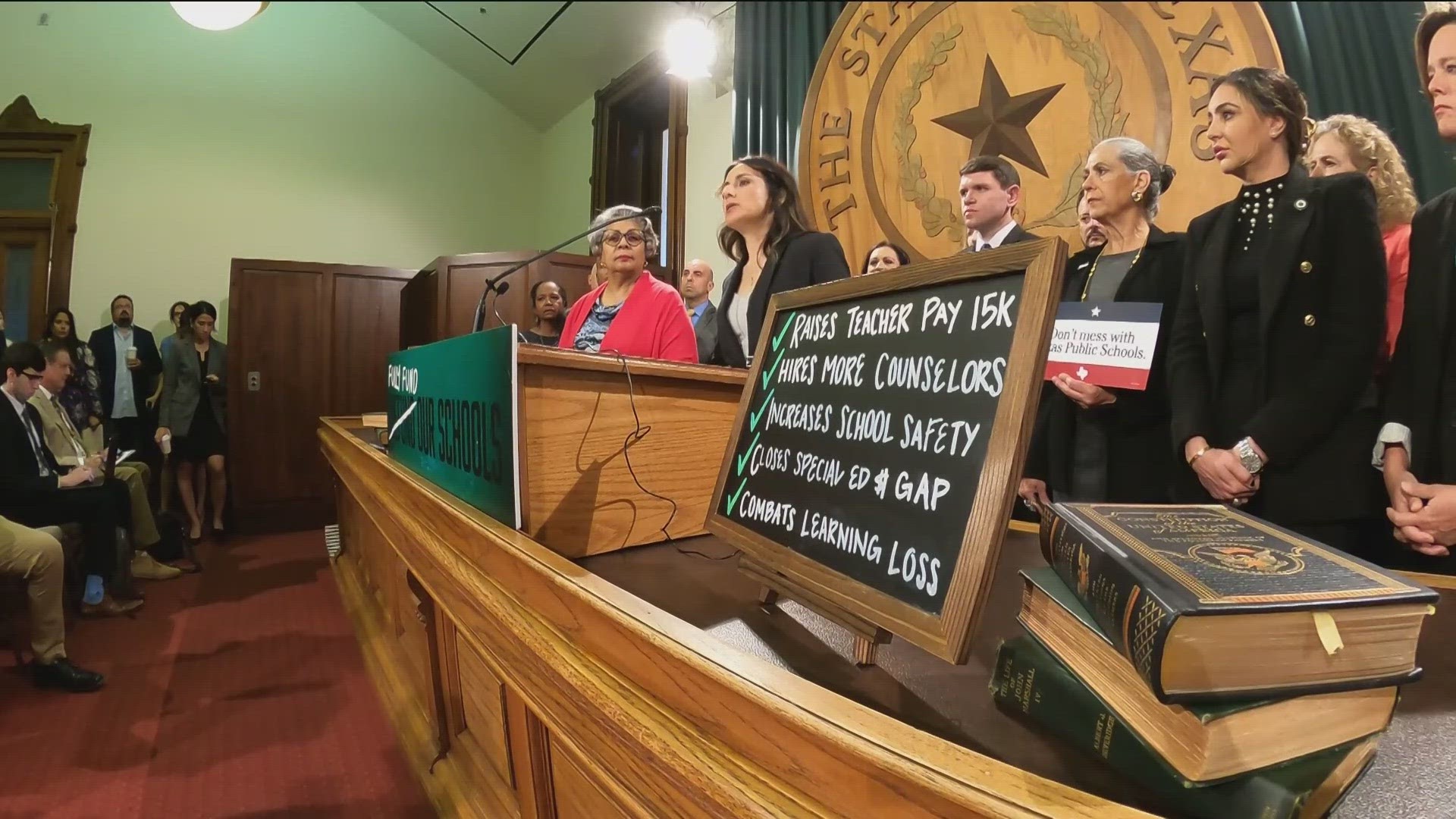A lecturer is a higher education teacher primarily focused on teaching, while a professor is a senior academic with responsibilities in teaching, research, and administrative duties. Lecturers often hold temporary or part-time positions without tenure, whereas professors are typically full-time tenured faculty members.
In the academic world, understanding the roles of lecturer and professor is crucial for students navigating their educational journeys. Lecturers, usually found in colleges or universities, engage with students directly, delivering lectures, and are often the frontline of the classroom experience.
They might also grade papers and exams but might not be obligated to undertake research. Professors, on the other hand, hold prestigious positions that reflect years of research and expertise in their fields. They contribute to the institution’s knowledge base through their scholarly work while also mentoring students at the undergraduate and postgraduate levels. This distinction plays a key role in academic career progression and the educational experience at higher education institutions.
The Academic Ladder
Understanding the academic ladder is like exploring a map of a scholar’s journey. It highlights the progression from one academic rank to another. Each step on this ladder represents years of study, research, teaching, and contributions to the field.
Climbing The Educational Ranks
The ascent up the educational ranks is marked by milestones. Recognition and promotions come with dedication. Let’s walk through what climbing this ladder entails.
- Lecturer: Often the first rung, lecturers focus on sharing knowledge.
- Assistant Professor: Entry-level tenure-track position, involving more research.
- Associate Professor: Mid-level, often comes with tenure and higher responsibilities.
- Professor: A pinnacle position, reflecting years of expertise and scholarly impact.
Key Stages In An Academic Career
The key stages of an academic career can be seen in their roles and achievements. These stages shape the path from lecturer to professor.
| Stage | Role | Achievements |
|---|---|---|
| 1. Lecturer | Teaching | Master’s degree, possibly some publications |
| 2. Assistant Professor | Teaching, Research | PhD, growing number of publications |
| 3. Associate Professor | Senior Teaching, Research Leadership | Tenure, significant publications, grants |
| 4. Professor | Expert Teaching, Research Guidance | Major publications, international recognition |

Credit: gibneydance.org
Roles And Responsibilities
Lecturers and professors shape the academic experience, with distinct duties setting them apart. A lecturer primarily focuses on delivering specialized course content, while a professor engages in advanced teaching, research, and publication responsibilities alongside mentoring junior academics. Both roles are pivotal in fostering a rich educational environment.
Educational Qualifications
Understanding the paths to becoming a lecturer or a professor starts with their educational qualifications. Though both roles reside within academia, their required academic achievements differ significantly. Let’s delve into the specific educational thresholds aspiring academicians must cross to embrace these esteemed titles.
Academic Requirements For Lecturers
Lecturers play a pivotal role in higher education institutions. They impart knowledge, guide students, and often engage in research. To qualify for this position, candidates need:
- A Master’s degree in their chosen field, though some colleges prefer a doctoral degree.
- Relevant teaching experience or expertise which could vary by institution.
- Publications and research contributions can bolster an applicant’s profile.
What It Takes To Become A Professor
The journey to becoming a professor is more rigorous. Professors are the pillars of academic and research leadership. Typical requirements include:
- A doctoral degree, often considered the standard entry requirement.
- Extensive experience in research with significant, recognized contributions to their field.
- A record of published works in respected journals.
- Proven teaching excellence typically demonstrated through student feedback and peer review.
- Academic service, such as participation on committees or in professional organizations.
The Journey To Tenure
Embarking on the journey to tenure is a path filled with dedication and scholarly pursuits. This coveted milestone in academics represents a lifetime of security and accomplishment. For lecturers and professors, attaining tenure is a testament to their commitment to education and research excellence.
Tenure Track Explained
The tenure track is a higher education pathway that leads to the prestigious status of being tenured. It is a series of ranks and positions in academia, beginning as a lecturer or assistant professor. Candidates must demonstrate exceptional teaching, noteworthy research, and service to their institution.
- Assistant Professor: Start of the tenure track.
- Associate Professor: Indicates progress and considerable contributions.
- Full Professor: Marks the achievement of tenure and academic distinction.
Challenges On The Path To Tenureship
Gaining tenure is no easy feat. Candidates face numerous challenges that test their mettle.
| Challenge | Explanation |
|---|---|
| Intense Competition | Many academics vie for limited tenured positions. |
| Publishing Pressure | Success often hinges on high-quality, published research. |
| Teaching Excellence | High standards in teaching are crucial for favorable evaluations. |
| Service Commitment | Contributions to the academic community are essential. |
Research And Publication
Research and publication are vital in academia. They show how much knowledge a lecturer or professor shares with the world. These experts write papers and books. Their work helps other teachers and students learn new things.
Lecturer’s Contribution To Research
Lecturers play an essential role in research. They often explore new ideas and findings. They may focus on specific topics like climate change, technology, or health. Many lecturers work hard to test their theories. They share their results through articles, reports, and books.
- Gathering data: Lecturers collect information carefully.
- Testing theories: They check if their ideas are right.
- Writing articles: Results get shared with others via articles.
Professorial Publications And Their Impact
Professors often have vast experience with research. They publish plenty of papers and books. These writings can change how people think about big topics. Important findings from professors can even shape new laws or inventions.
| Publication Type | Impact |
|---|---|
| Books | Spread deep knowledge across the globe |
| Peer-Reviewed Articles | Encourage debate and further study |
| Research Reports | Inform policy-makers and professionals |

Credit: www.kvue.com
Influence And Recognition
In the dynamic world of academia, titles are more than just formalities. They signify a person’s standing, shape their influence, and mark their recognition within the scholarly community. Both Lecturers and Professors hold vital roles in educational institutions. They mold minds and advance frontiers of knowledge. Yet, their impact and acknowledgment vary significantly.
Lecturers And The Academic Community
Lecturers often serve as the backbone of teaching within universities. They conduct seminars, lead workshops, and deliver lectures that form the core of a student’s academic journey. Their role encompasses the following aspects:
- Direct Student Engagement: Lecturers interact closely with students, offering personalized guidance.
- Flexible Involvement: Many Lecturers contribute part-time, enriching courses with real-world expertise.
- Bridging Theoretical and Practical Learning: Lecturers often provide applied knowledge to the curriculum.
While Lecturers influence lives directly in the classroom, their recognition often stays within institutional walls. They might not wield wide authority in academia, but their role in shaping futures is undeniable.
Professorial Prestige And Power
The title of Professor is bestowed after years of research, publication, and contribution to academia. Professors lead research, secure grants, and mentor the next generation of academics. Their prestige and power manifest in several ways:
- Authority in Research: Professors are respected voices in their fields, influencing global discourse.
- Leadership Positions: Many hold key administrative roles, shaping policies and course structures.
- Recipient of Awards: Professors commonly receive acknowledgments for their scholarly achievements.
Professorial roles carry a certain weight in the broader academic landscape. Professors often attain nationwide or even global acclaim, depending on their contributions and reputations.

Credit: www.amazon.com
Frequently Asked Questions Of Lecturer Vs Professor
Is A Lecturer The Same As A Professor?
No, a lecturer is not the same as a professor. Lecturers typically focus on teaching, while professors engage in both teaching and research. Professors also usually have higher academic qualifications and status.
Is It Okay To Call A Lecturer A Professor?
It’s important to note the academic distinctions: a lecturer typically does not hold the same rank as a professor. Therefore, while not technically correct, some institutions may accept addressing lecturers as professors colloquially.
Does A Lecturer Have A Phd?
A lecturer does not necessarily have a PhD; qualifications vary by institution and country. Some may hold a master’s degree or equivalent professional experience.
What Are The Ranks Of Teachers?
Teacher ranks typically include titles such as Assistant Teacher, Teacher, Senior Teacher, and Headteacher or Principal. Advanced roles can be Lead Teacher, Department Head, and District Administrator.
Conclusion
Navigating the academic landscape can be complex. Lecturers and professors play distinct roles, though both are cornerstone in education. This post demystified each position, highlighting their unique contributions and paths. Remember, expertise and experience shape their impact on students and institutions.
Embrace their differences, for both have much to offer in your educational journey.

